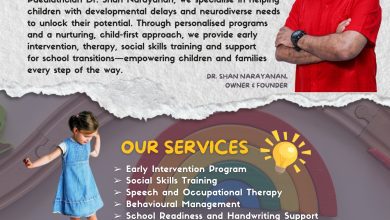

Eye Health
Ipoh Echo’s EYE HEALTH series continues with Consultant Eye Surgeon Dr S.S. GILL talking to us about EYE FACTS.
There are many myths that surround the eyes. It would be to your advantage to know them so as not to follow old wives’ tales blindly. Here are some of them to take note of.
Working with a computer damages your eyes


Again, the key is to take a regular break in between computer work, applying the 20-20-20 rule. Applying moistening or lubricating eye drops do help. Avoid eye drops with antihistamines in them as they will only cause more eye dryness. It will be good to note that reducing the brightness of your monitor and positioning it properly to a comfortable level will certainly be helpful.
Vision loss is normal in old age
There are many causes of eyesight loss or blurring vision and most of them can be treated, especially so if they are detected early enough. So, if you have blurring vision, always seek professional help. Most eye diseases or problems can be treated especially if treated early. Make sure you get an annual eye examination.
Will eating carrots help?
You do not have to be eating carrots like a rabbit! Carrots are good for the eyes but more importantly it’s the overall diet that counts. Carrots are foods that are high in Vitamin A and do play a role in maintaining eye health, but having an excess of the vitamin does not enhance vision further. Eating foods like spinach, broccoli and dark green leafy vegetables can help the eyes.
Avoid reading in poor lighting
Reading in dim light does not cause permanent harm to your vision but it can cause eye fatigue that can affect you significantly. Going through the day results in enough fatigue in itself, so do the right thing in reading under adequate lighting. If you do get tired, simply stop what you are doing for a while. The 20-20-20 rule is helpful – take a break every 20 minutes for about 20 seconds by looking at objects that are 20 feet away from you. Remember, it is best to avoid reading under dim light to avoid unnecessary eye fatigue.
People with poor eyesight shouldn’t wear out their eyes by doing detailed work
If you have weak eyes, doing fine-print reading does not make them worse. The eye is not a muscle. The eye is like a camera. Therefore, it will not wear out just because you use it to take photographs that have fine detail.


